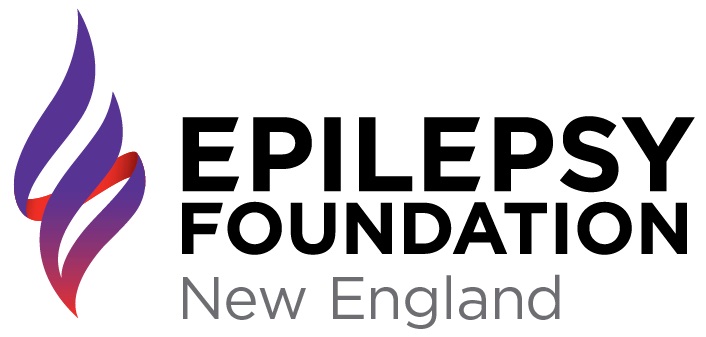Clonic Seizures
The term “clonic” comes from the Greek word "Clonus" (KLOH-nus), which means rapidly alternating contraction and relaxation of a muscle - in other words, repeated jerking. The movements cannot be stopped by restraining or repositioning the arms or legs.
Clonic seizures are rare. Much more common are tonic-clonic seizures, in which the jerking is preceded by stiffening (the "tonic" part). Sometimes tonic-clonic seizures start with jerking alone. These are called clonic-tonic-clonic seizures. These seizures tend to last for a few seconds to 1-2 minutes.
Who is at risk for clonic seizures?
Clonic seizures can occur at various ages, including in newborns. Brief and infrequent clonic seizures can occur in infants, and may disappear on their own within a short time. Clonic seizures that don't go away on their own will need long term treatment.
What’s it like to have a clonic seizure?
Clonic seizures consist of rhythmic jerking movements of the arms and legs, sometimes on both sides of the body.
If the clonic seizure has a focal onset (starts in one part of the brain) the person may be aware during the seizure.
If the clonic seizure has a generalized onset (affecting the whole brain) , the person is not aware during the seizure.
If a person is standing when a clonic seizure occurs, they may fall. An important first aid step when assisting someone having a clonic seizure is to protect the person from injury when the jerking occurs, if there is a fall or loss of consciousness. Do not try to restrain the person's movements.
What happens after a clonic seizure?
When a clonic seizure ends, if the seizure onset was focal and the person was aware during the event, the person may simply continue what they are doing. First aid is not a typical requirement for this seizure type. If the clonic seizure had a generalized onset with loss of awareness they may need to rest for several minutes before returning to usual activity.
If someone has clonic seizures, how often will they happen?
The frequency of seizures depends a lot on the cause and the person. Some people may have rare seizures and others may have them more frequently.
How can I tell if someone is having a clonic seizure?
Clonic seizures consist of rhythmic jerking movements of the arms and legs, sometimes on both sides of the body that can be seen by the person observing. Occasionally "jitteriness" in a young infant can be mistaken for a clonic seizure, especially if it is severe (during crying, for instance). Changing the position of the baby's arms or legs should reduce or stop jitteriness. The jittery infant also will be more alert than an infant who is having a clonic seizure. Children with neurological impairments sometimes have repetitive movements that could be mistaken for clonic seizures.
How are clonic seizures diagnosed?
The doctor should recognize the appearance of a clonic seizure if he or she witnesses an episode. The EEG pattern will change during a seizure, so video-EEG is very useful and often used to help confirm diagnosis. A factor distinguishing clonic from tonic-clonic seizures is that clonic seizures are not followed by a period of tiredness or confusion. Tonic-clonic seizures usually are.
How are clonic seizures treated?
There are medicines that can help prevent clonic seizures.
What should I do if I think my child, loved one, or myself may have clonic seizures?
If you think that you or your loved one may be having clonic seizures, talk to your doctor as soon as possible for immediate diagnosis and treatment.

